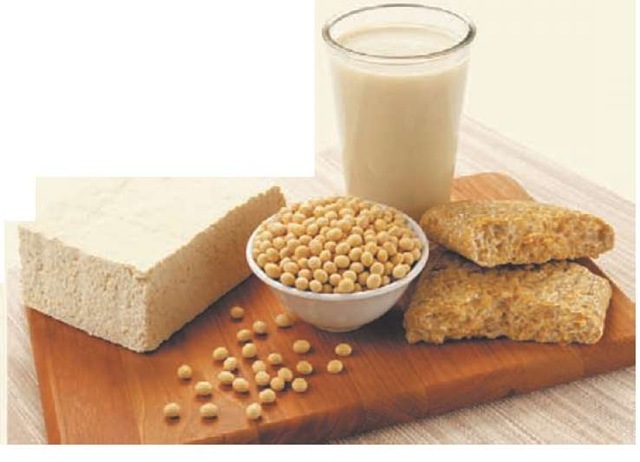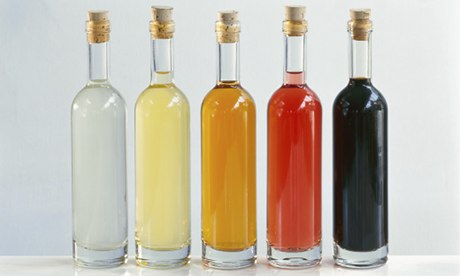
http://www.azcentral.com/news/articles/0820frybread20-ON.html Aug. 20, 2005 09:45 PM Associated Press SELLS- When you first see it, plopped down on a paper plate in all its caloric bliss, the round, doughy treat is so appealing, so alluring it’s hard to believe this wondrous sight can cause anything but delight. But fry bread, that fluffy concoction American Indian women lovingly make in their kitchens and people line up for at powwows and western fairs, has come under attack as a hazard to health. OAS_AD(‘BoxAd’) Suzan Shown Harjo, a Cheyenne and Muscogee Indian, wasn’t trying to cause a debate. She just was exhausted with yet another one of her relatives dying of diabetes. She zoned in on fry bread as a culprit and whipped out a January column for Indian […] Read More






